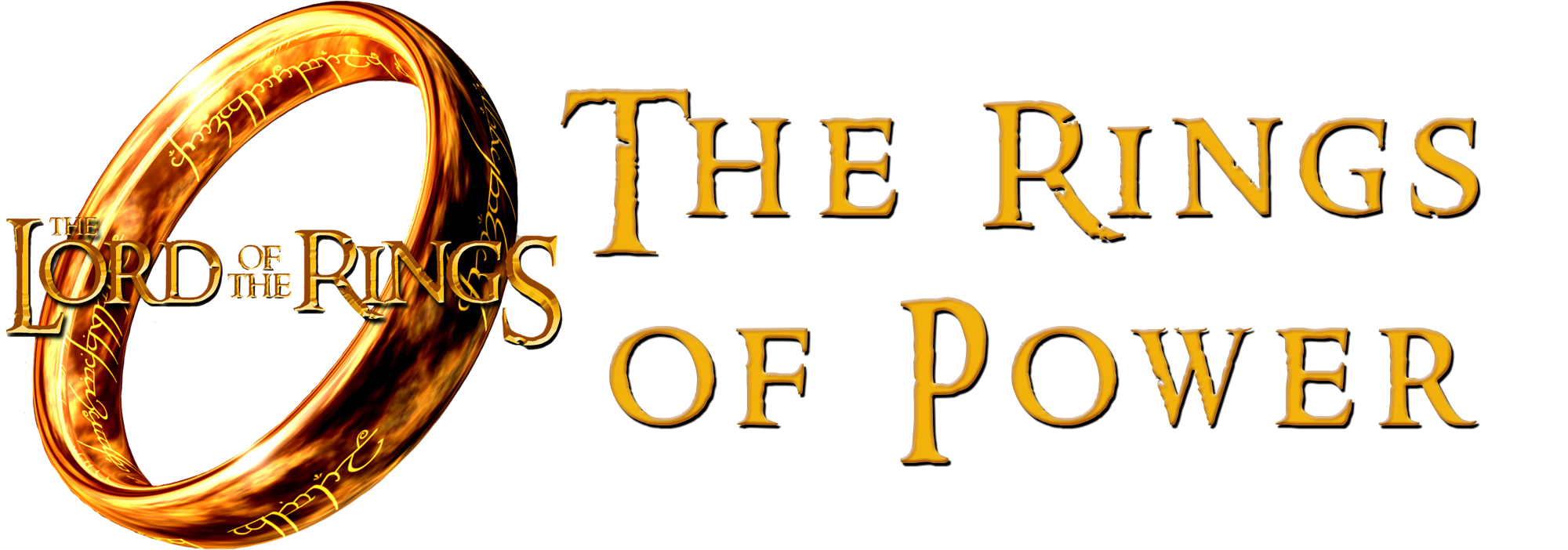The Lord of the Rings: The Rings of Power has been one of the most anticipated TV series ever since it was first announced in 2017, with false trails and wild theories abounding concerning its nature and content. Audience finally had the chance to go back to Middle-earth when the first two episodes of the series dropped on September 1. Part of the great appeal of Middle-earth, and one of the things that makes it so unique, is the unparalleled worldbuilding and attention to detail in getting the audience to invest in what J.R.R. Tolkien called a “Secondary Reality.”
The level of worldbuilding that was characteristic of Tolkien’s approach to Middle-earth is one of the things that makes his created world so compelling, and part of that appeal is the clear depth of history that lies behind every character, country, and artifact encountered in his stories. As such, the film adaptations of his work have often tried to capture that same depth of history present in Tolkien’s stories. Also, like any adaptation based upon a pre-existing canon, part of this historical worldbuilding involves callbacks that use a number of obscure Easter eggs to reference the backstory behind the tale that comes to the screen. With that in mind, what were those Easter eggs in Episode 1 of the series?
Galadriel’s Paper Boat is a Reference to Her Mother and Lothlorien
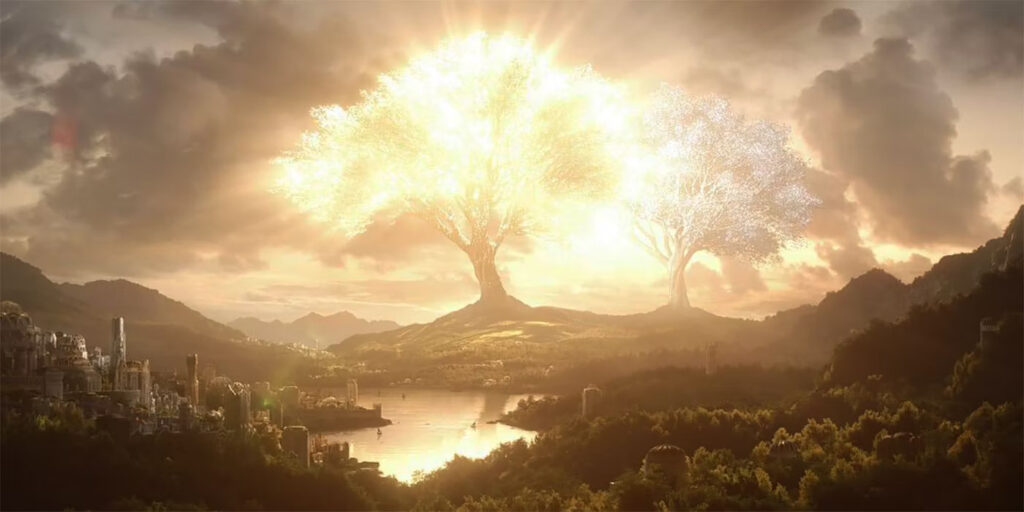
One of the very first images in the episode is of Galadriel folding a little boat out of paper. As it begins to sail downstream, it opens up and reveals a ship in the form of a swan. This actually may be a creative nod to both Galadriel’s past and her future. “Swan-ships” are associated primarily with the Teleri, a group of seafaring elves. Galadriel’s mother, Eӓrwen, was one of the Teleri herself, and so the ship likely makes a reference to her parentage.
A glorious shot of the Two Trees of Valinor follows, combined with Galadriel’s comment that the world was once so young that there had not yet been a sunrise. The time referenced is that of the Years of the Trees, where the natural light of the world came not from the sun or moon, but two great trees planted by the angelic Valar in Valinor. One tree shone with golden light, and was called Telperion, the other shone silver and was named Laurelin. Each would alternately wax and wane during the day, with a brief time when the two lights mingled. As the prologue shows, Morgoth killed these Two Trees and cast darkness upon the world.
The Introductory Scene Covers The Exile of the Noldor and The War of Wrath
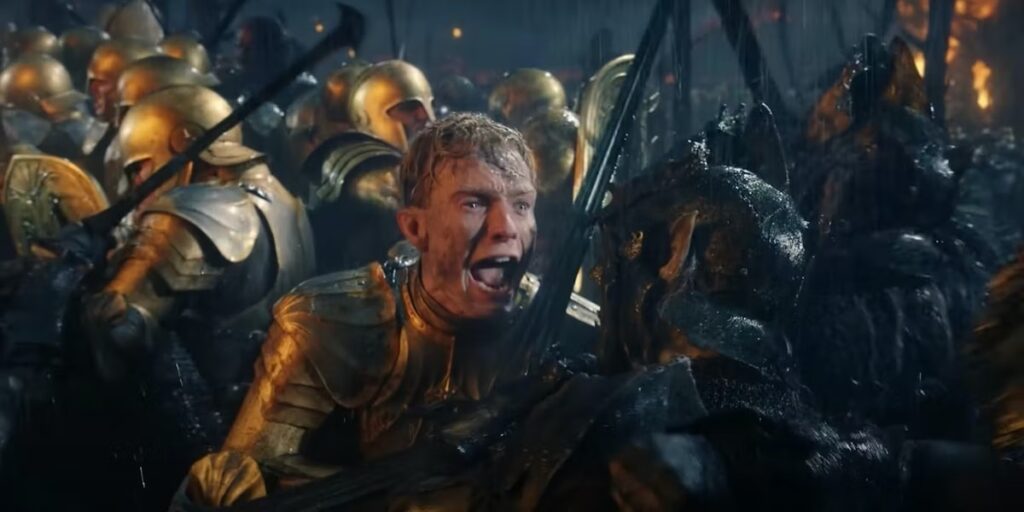
After the introductory scene, a series of quick shots covers a world of Easter egg territory with references to events of the First Age. Elves standing in a circle draw their swords under a starry sky as they form some sort of pact: this is probably a reference to the Oath of Fëanor, as the people of the Noldor joined in with Fëanor’s vengeance pact against Morgoth and the members of Fëanor’s household signaled their agreement by drawing their swords.
A quick glimpse of an armada of ships follows as the elves set out for Middle-earth, but the ships themselves reference a deadly backstory: the Noldor following Fëanor had no ships to return to Middle-earth, so they tried to take them from another group of seafaring elves, the Teleri. When the Teleri refused to give them the ships, the Noldor attacked them and stole their ships. This came to be known as the First Kinslaying. Yes, there were sequels.
Galadriel’s brother Finrod is also seen in battle in this sequence, surrounded by fire, orcs, eagles, and great winged dragonish creatures. This battle could actually be one of a few in the First Age: Finrod’s presence and the fire would seem to indicate that it is the fourth great battle in the war with Morgoth, the Dagor Bragollach or Battle of Sudden Flame, when Morgoth unleashed the first of the fire-breathing dragons and Finrod himself was nearly killed before being saved by the man Barahir.
However, the eagles and dragon-creatures would also indicate that the battle might actually be the sixth (and final) great battle, the War of Wrath, which ended in the defeat of Morgoth. The reason for this is that it was in the War of Wrath, in Morgoth’s most desperate hour, that he deployed the first of the flying dragons and there was a great battle in the sky between the dragons, eagles, and Eärendil the Mariner in his flying ship. Yes, he had a flying ship. And he also turned into the Morning Star.
The episode also shows Galadriel picking through the aftermath of battle, placing a helm on a great pile as some sort of memorial to the fallen. While this doesn’t exactly echo the source material, it does bring to mind the Hill of the Slain, which was a result of the fifth great battle with Morgoth, the Nirnaeth Arnoediad or Battle of Unnumbered Tears.
The Unseen World is the World Where the Ringwraiths Exist
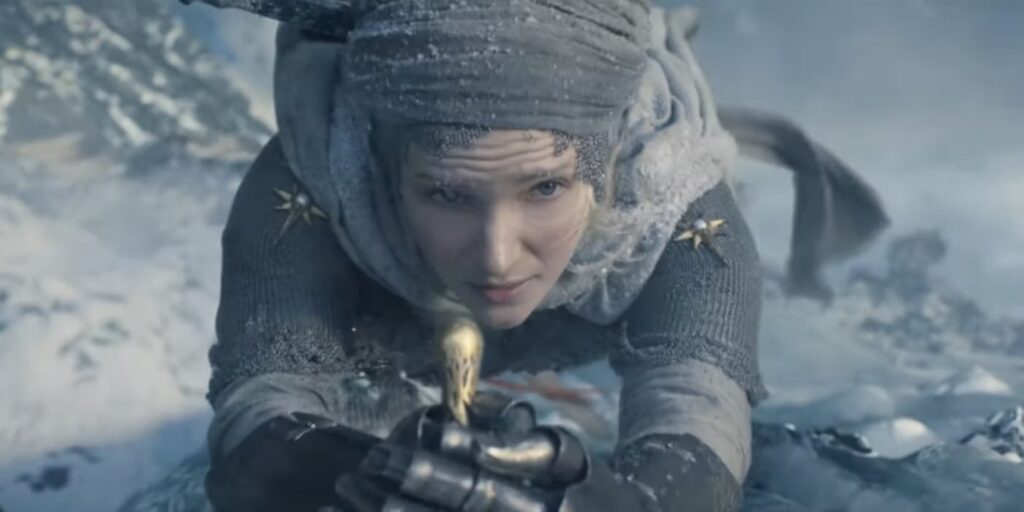
In the sequence in the frozen north, Galadriel comments that the decayed orcs around them had been “meddling with the powers of the Unseen World,” which has significant implications in Tolkien’s world. Elves, wizards, and the like dwell in both the Seen and Unseen Worlds simultaneously, but most creatures are primarily present in the world of the Seen. However, in The Lord of the Rings, the Ringwraiths are kings of men who, through the corruption of the Ring, are drawn into the Unseen World until they barely exist in the Seen. This, too, is true of the power of the One Ring in the first place: the reason that someone who wears the Ring turns invisible is because they are drawn from the Seen to the Unseen World like the Ringwraiths are. This comment is likely a reference to Sauron’s early experiments that will likely lead to the creation of the One Ring.
The Story in Tirharad Is Original But Makes Many References to Tolkien’s World Building
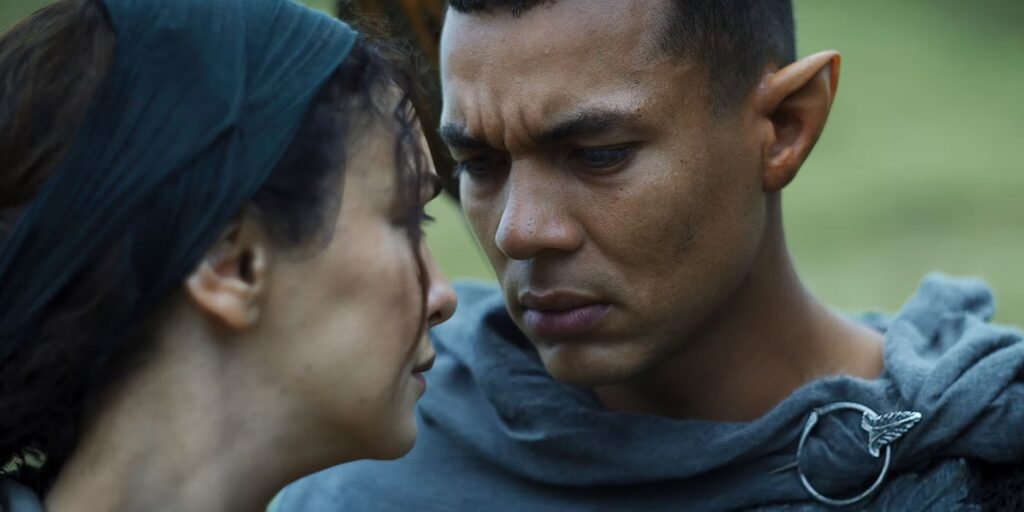
While most of what goes on in Tirharad is new material created for the show, there are still a couple of call outs to material from Tolkien’s larger legendarium in the storyline of Bronwyn, Theo and Arondir. The first of these is the gift of Bronwyn: the seeds are known as alfirin to the elves, but are called symbelmynë by mortals, and it is those flowers that grow over the tombs of Theoden’s ancestors as shown in The Two Towers. While it is a lovely gesture, it is perhaps somewhat foreboding as well: the internal symbolism of alfirin would seem to be an association with death, which is the doom hanging over any relationship between an elf and a mortal.
The other potential Easter egg is seen from the top of Arondir’s tower. In the background of one scene, an isolated mountain can be seen on the horizon. Given the location of Tirharad near what will later become Mordor, it is likely that the mountain in the background is none other than Orodruin: Mount Doom itself, where Sauron will later forge the One Ring.
Another Theory For Who the Stranger Is
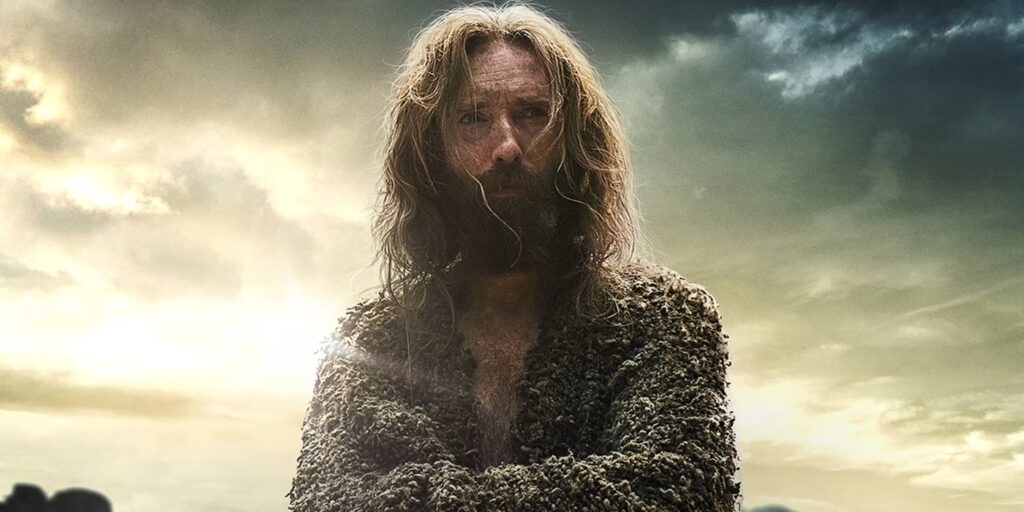
As the episode ends and the meteor streaks across the sky, one Easter egg is almost blatantly apparent: one of the perspectives shows a shadowy forest, where a handful of Ents turn to see the streak in the sky. What is notable here is that at least one of the Ents seems to be smaller than the others. It is likely an Enting, which means that audiences may finally get to see what happened to the Entwives that Treebeard reminisced about later in the Third Age.
A final Easter egg is so tenuous that I really can’t say that it is definitively an Easter egg at all, but it has to do with the identity of The Stranger. While many people claim that he is Sauron in disguise, or Gandalf, or one of the Blue Wizards, or even a Balrog, the sequence at the end of the first episode might suggest otherwise. Sadoc the Harfoot is concerned over strange signs he sees in the skies, and just before the meteor crosses the sky, a red moon is seen setting in the west. This might lend credence to another theory, which claims that The Stranger is actually Tilion, or The Man in the Moon, who is referenced in some of Tolkien’s poetry as falling to earth “like a meteor” and shows up in Gondorian folktale and Hobbit songs.
